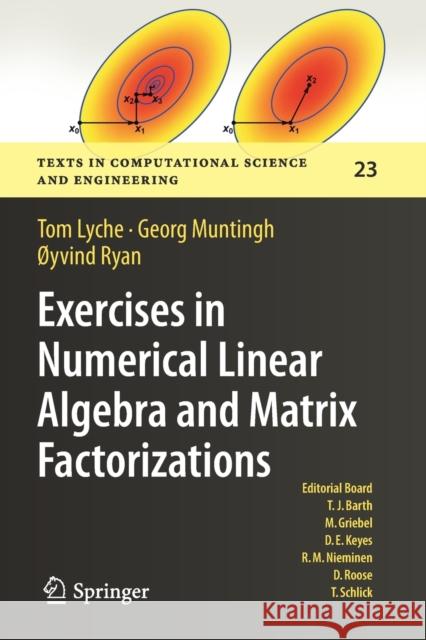Exercises in Numerical Linear Algebra and Matrix Factorizations » książka
topmenu
Exercises in Numerical Linear Algebra and Matrix Factorizations
ISBN-13: 9783030597917 / Angielski / Miękka / 2021 / 288 str.
Exercises in Numerical Linear Algebra and Matrix Factorizations
ISBN-13: 9783030597917 / Angielski / Miękka / 2021 / 288 str.
cena 201,72
(netto: 192,11 VAT: 5%)
Najniższa cena z 30 dni: 192,74
(netto: 192,11 VAT: 5%)
Najniższa cena z 30 dni: 192,74
Termin realizacji zamówienia:
ok. 22 dni roboczych
Bez gwarancji dostawy przed świętami
ok. 22 dni roboczych
Bez gwarancji dostawy przed świętami
Darmowa dostawa!
Kategorie:
Kategorie BISAC:
Wydawca:
Springer
Język:
Angielski
ISBN-13:
9783030597917
Rok wydania:
2021
Ilość stron:
288
Waga:
0.41 kg
Wymiary:
23.39 x 15.6 x 1.52
Oprawa:
Miękka
Wolumenów:
01
Dodatkowe informacje:
Wydanie ilustrowane











